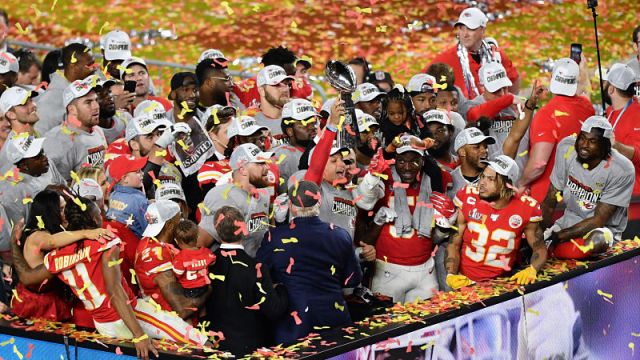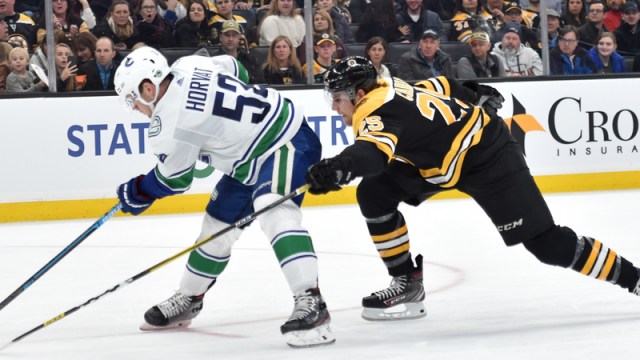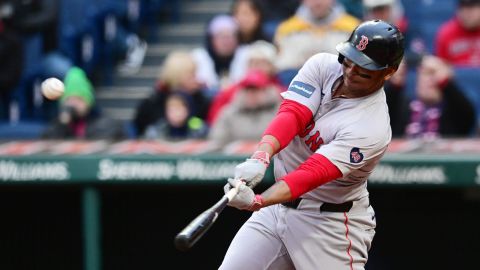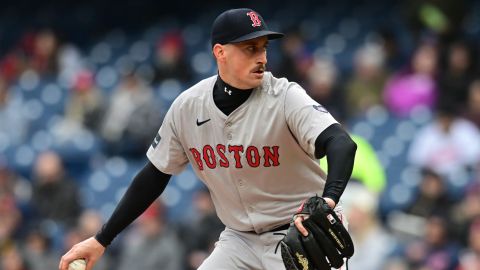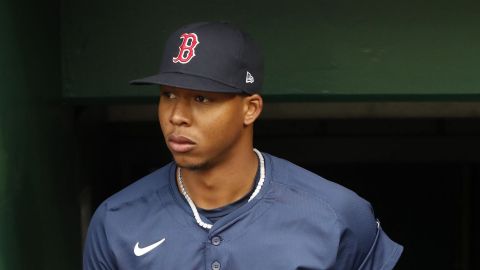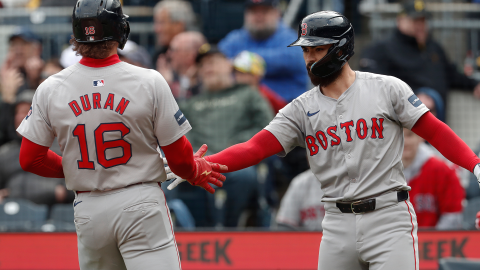It’s possible, even likely, the Boston Red Sox feel the ramifications of their reported blockbuster trade with the Los Angeles Dodgers and Minnesota Twins for years to come.
The Red Sox ultimately decided they’d be unable to re-sign superstar outfielder Mookie Betts to a long-term contract extension, so they traded him to the Dodgers to ensure he wouldn’t walk away without getting anything other than a draft pick in return. In the process, they parted ways with a generational talent, a decision that could loom over the franchise for quite some time.
Obviously, the loss of a player like Betts, the 2018 American League MVP, will be felt right away. But as it pertains to the 2020 Red Sox and building an actual roster to put on the field, also trading David Price in the same deal might have a bigger immediate impact for Boston.
The Red Sox have holes in the outfield and starting rotation after Tuesday night’s reported deal. It’s impossible to replace Betts, but given the fickle nature of starting pitching, it might be easier to replace Betts’ short-term production in the lineup than it will be replacing Price with someone who can help restore the Red Sox rotation’s standing as a strength of the team.
Price was a polarizing figure for the Red Sox who had his share of ups and downs. The fact remains, however, that when healthy, he was a cornerstone of the starting rotation. Price logged a league-leading 230 innings in 2016 and made at least 22 starts in three of his four seasons with the Red Sox. He was Boston’s second-best starting pitcher in a record-setting 2018 season, and for a few weeks at least, he erased any and all doubts about his ability to pitch in the postseason en route to a World Series title that year.
With Price gone, the Red Sox have just four pitchers with any sort of track record as a starter in the majors. That’s not great.
Here are a few ways the club can fix that by Opening Day.
THE OPENER
As we sit here in the first week of February with spring training literally days away, this seems like the most likely course of action. Red Sox chief baseball officer Chaim Bloom came from the Tampa Bay Rays where the cash-strapped innovators used the “opener,” beginning games with a reliever to ease the burden of a starting pitcher. Perhaps Boston could use newly acquired pitching prospect Brusdar Graterol in that role, pitching him for two or three innings to start the game and going one time through the order before turning things over to a long reliever for the middle frames with the hopes of getting into the late innings for your back-end relievers. Bloom has spent a good part of the winter adding relievers, so there’s no shortage of options.
SIGN A FREE AGENT
The recent trend of slow-moving free-agent markets could benefit the Red Sox now. We still don’t know how much of Price’s contract the Dodgers will pay, but just trading Betts alone was going to get Boston under the luxury tax. If the Dodgers are taking on, say, half of Price’s contract, that’s another $15 million or so of financial flexibility for the Sox. They could use some of those savings on a free agent pitcher, and there are still plenty of well-known names sitting on the market. Of course, just because we know their names doesn’t mean they’re actually good, but you could (maybe?) do worse than some of the pitchers on this list:
Clay Buchholz
Trevor Cahill
Andrew Cashner
Matt Harvey
Jeremy Hellickson
Collin McHugh
Clayton Richard
Aaron Sanchez
Ervin Santana
James Shields
Taijuan Walker
Steven Wright
There are some caveats with that list. Sanchez, who has had varying levels of success in the American League East with Toronto, might miss all of the 2020 season with a shoulder injury. Walker once was a top prospect, but he recently worked out for teams and had some alarming velocity issues. Elbow issues doomed McHugh’s 2019 season.
If you go look through the numbers for the rest of those pitchers, you’re going to find a lot of ERAs in the 5.00 to 7.00 range, which isn’t ideal. They’ll likely all come cheap, though.
INTERNAL OPTIONS
There’s no prospect ready to push for a spot in the rotation. Graterol immediately becomes the closest thing to that sort of piece, and there are questions about his long-term viability as a starter, so he’s probably out as a guy you’re trying to lean on for five or six innings per start right away. Hector Velazquez is still in the organization. Brian Johnson lingers, too, and will be in camp as a non-roster invitee. The best-case scenario would be a lights-out spring from either Tanner Houck or Bryan Mata. Houck, a 2017 first-round pick out of Missouri is the more likely of the two to take that jump, but it would be a pretty significant leap. He’s made 50 professional starts but just two at a level higher than Triple-A where he was used primarily out of the bullpen In 17 games (15 starts) with Double-A Portland last year. He went 8-6 with a 4.46 ERA and 8.7 strikeouts per nine innings. Houck would probably have to have a sensational spring to break camp in the rotation.

